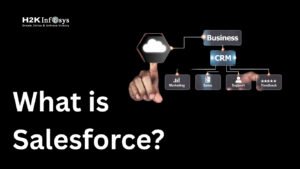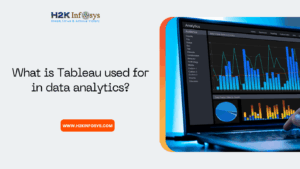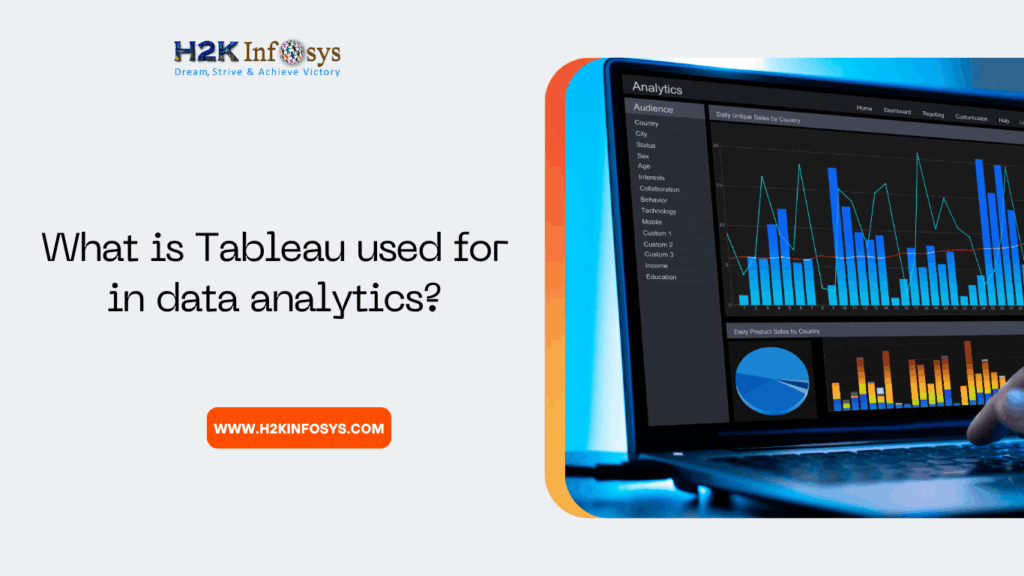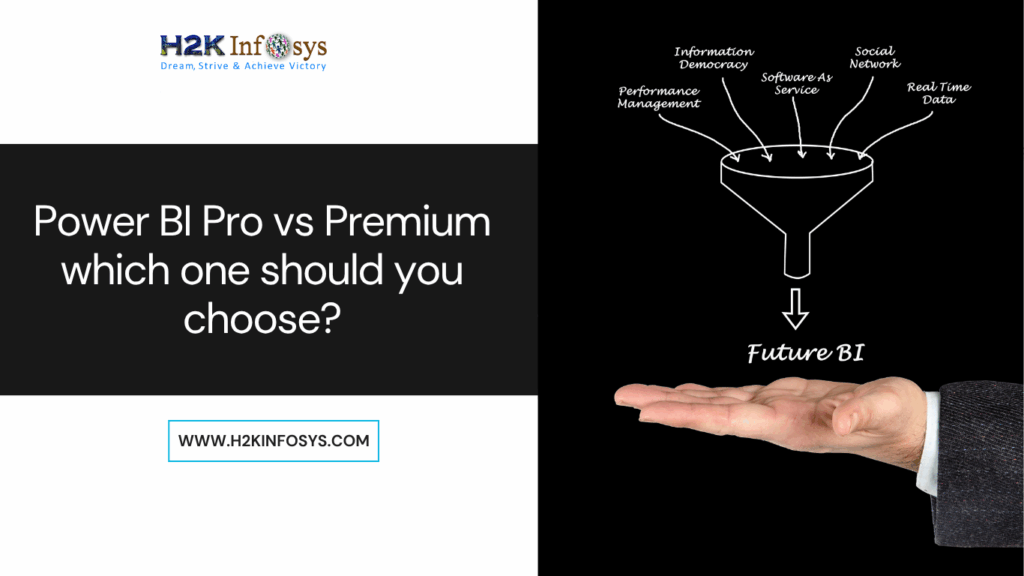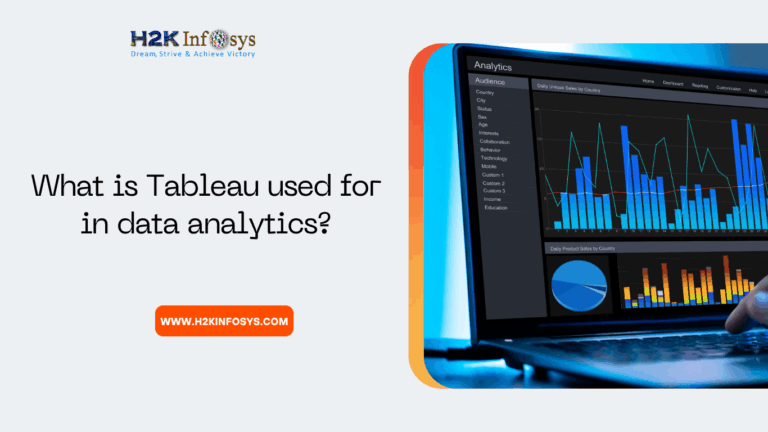Salesforce administrators often work with large amounts of data, which requires meticulous management, processing, and analysis. One tool that can significantly improve your efficiency in handling Salesforce data is Microsoft Excel. While Salesforce itself offers powerful features for managing data, combining it with Excel’s capabilities allows admins to unlock even greater potential. In this post, we will dive into 20 essential Excel tips and tricks that every Salesforce admin should know.
Mastering Data Import and Export
Salesforce admins frequently import and export data between Salesforce and Excel. Here’s how you can streamline this process:
- Data Export from Salesforce: Use Salesforce’s Data Export feature (Setup > Data Management > Data Export) to export Salesforce data into CSV files. This data can then be opened and analyzed in Excel.
- Data Import to Salesforce: Excel’s CSV format is compatible with Salesforce’s import tools, such as Data Import Wizard and Data Loader. Ensure that data is clean, organized, and mapped correctly before importing into Salesforce.
- Tip: Use Excel’s Power Query tool to automate the process of data importation, which makes it easier to refresh data reports directly from Salesforce.
Using Excel to Create Complex Reports
While Salesforce’s reporting features are powerful, Excel’s flexibility gives Salesforce admins the ability to create customized and complex reports. Here are some tips for improving your reporting:
- Pivot Tables: Create dynamic pivot tables in Excel to analyze your Salesforce data by different dimensions (e.g., by user, region, or lead source).
- Advanced Formulas: Use formulas like SUMIF, COUNTIF, VLOOKUP, INDEX MATCH, and IFERROR to calculate custom fields and aggregations.
- Conditional Formatting: Highlight important data points automatically based on conditions. For example, you can highlight all closed-won opportunities or high-priority cases by applying conditional formatting rules.
Data Cleansing with Excel Functions
Salesforce admins are often tasked with maintaining clean, accurate data. Excel provides powerful tools to clean up and standardize data before importing it into Salesforce:
- Remove Duplicates: Use the “Remove Duplicates” feature to eliminate redundant rows. This tool is especially useful for cleaning contact or lead records.
- Find and Replace: Use Excel’s Find and Replace function to quickly update specific data values (e.g., changing an outdated region name or opportunity stage).
- Text Functions: Excel offers a variety of text functions, such as TRIM, LEFT, RIGHT, and TEXTJOIN, to format, clean, and manipulate text fields. These are useful for fixing issues like extra spaces or inconsistent capitalization.
VLOOKUP for Data Matching
One of Excel’s most powerful features for Salesforce admins is the VLOOKUP function. This can be used to match and merge Salesforce data from different sheets.
For example, if you have a list of contacts in one Excel sheet and opportunities in another, you can use VLOOKUP to pull in relevant data (e.g., the contact’s name or email) to enrich your opportunity data.
Example:
excel
=VLOOKUP(A2, 'Contacts'!A:B, 2, FALSE)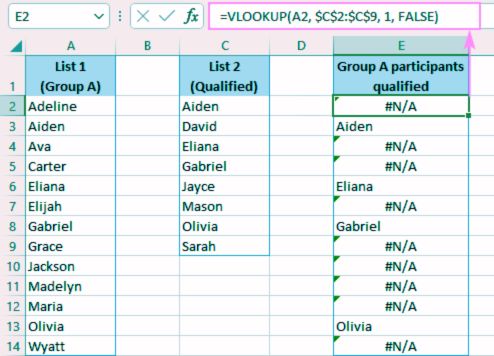
This formula looks for the value in cell A2 and searches for it in the first column of the “Contacts” sheet. It then returns the corresponding value from the second column.
Dynamic Dashboards Using Excel’s Power Pivot
Salesforce admins often need to create dashboards to track key metrics. Excel’s Power Pivot feature allows you to connect to multiple data sources, including Salesforce data, and build sophisticated, interactive dashboards.
- PivotCharts: Create interactive charts and graphs using PivotTables in Excel, and use slicers for real-time filtering.
- Power Pivot Tables: Use Power Pivot to combine multiple data sources (e.g., Salesforce and external systems) into a single, interactive report.
- Data Model: Create a Data Model in Excel that links related tables (such as Accounts, Contacts, and Opportunities) to produce meaningful insights in one cohesive report.
Excel Shortcuts for Efficiency
As a Salesforce admin, time is precious. Using keyboard shortcuts in Excel can help you work faster and more efficiently:
- Ctrl + Arrow Keys: Quickly navigate to the edges of data regions.
- Ctrl + Shift + L: Apply or remove filters.
- Alt + E, S, V: Paste values only.
- Ctrl + 1: Open the Format Cells dialog box.
- Ctrl + C / Ctrl + X / Ctrl + V: Copy, cut, and paste data.
Mastering these shortcuts will save you significant time when working with Salesforce data in Excel.
Using Excel as a Data Validation Tool
Ensuring that data is accurate and consistent is critical in Salesforce administration. Excel’s Data Validation feature helps ensure that only appropriate data is entered into cells.
- List Validation: Limit data entry to a predefined list of options (e.g., a picklist).
- Date Validation: Ensure that users enter valid dates within a specific range.
- Text Length Validation: Set character length limits for text fields, such as account names or phone numbers.
Handling Salesforce Data with Excel’s Data Model
Excel’s Data Model allows you to integrate and analyze data from multiple sources without the need for complex joins. This is particularly useful when working with Salesforce data alongside data from external systems such as marketing tools, customer support systems, or ERPs.
You can create a Data Model by importing Salesforce data through Excel’s Get & Transform feature. Then, using relationships between the tables, you can perform advanced analyses without having to merge data manually.
Excel Tables and Named Ranges for Better Organization
Using Tables and Named Ranges in Excel can help you keep your Salesforce data organized and more easily reference specific cells, ranges, or tables.
- Excel Tables: When you convert a range of data into an Excel Table (Ctrl + T), you get automatic sorting, filtering, and better organization.
- Named Ranges: Named ranges make formulas more readable and reduce the risk of errors when working with large data sets. For instance, instead of referencing cell ranges like A1:A10, you could name the range “Leads” and use
=SUM(Leads).
Using Excel’s Solver for Advanced Data Analysis
For more advanced Salesforce admins, Excel’s Solver feature can be used to solve optimization problems and model complex business processes.
- Example: Use Solver to determine how to distribute resources efficiently across multiple sales opportunities or balance workloads between your team members.
Data Validation with Conditional Formatting
You can use Excel’s Conditional Formatting feature to visually highlight records based on certain conditions. For example, you can highlight opportunities that are about to close, or flag accounts with missing contact information.
- Highlight Cells Rules: Use conditional formatting to highlight cells that meet a specific criteria, such as sales reps who have not logged activity in a week.
- Color Scales and Icon Sets: Use color scales and icon sets to provide a visual summary of data trends, such as customer satisfaction scores or revenue growth.
Excel Slicers and Timelines for Interactive Dashboards
If you have multiple data sets in Excel, you can use Slicers and Timelines to filter and interact with your data in real time. This is particularly useful for Salesforce admins working with large datasets and trying to visualize key performance indicators (KPIs).
- Slicers: Add slicers to PivotTables and PivotCharts to create interactive filters that allow users to slice data by different dimensions (e.g., by region or opportunity stage).
- Timelines: Add timelines to filter data by date, allowing you to track performance over time (e.g., monthly sales results).
Automating Reports with Macros
Salesforce admins often need to generate regular reports or perform repetitive tasks. Macros in Excel can automate many of these processes, saving time and effort.
- Record a Macro: Use Excel’s built-in macro recorder to automate repetitive tasks, such as formatting a report or consolidating data from multiple sheets.
- VBA Programming: For more advanced automation, use Visual Basic for Applications (VBA) to write custom code for automating complex tasks.
Tracking Changes with Excel’s Version Control
When working with sensitive Salesforce data, it’s important to track changes and ensure data integrity. Excel’s version control features allow you to monitor changes made to the file and even revert to previous versions.
- Track Changes: Enable “Track Changes” to see who made changes and what those changes were. This is useful for teams of admins working together on the same data.
- Version History: Store versions of your data file and restore them when needed.
Using Excel for Forecasting and Trend Analysis
Salesforce admins are often asked to provide forecasts or trend analyses, such as predicting sales revenue or project timelines. Excel offers several built-in tools for this:
- Forecasting: Use Excel’s FORECAST function to predict future values based on historical data.
- Trendlines: Add trendlines to charts to visualize patterns over time and make data-driven predictions.
Managing Salesforce Security with Excel
While Salesforce provides robust security features, Excel can help you analyze user access and permissions by exporting profiles, roles, and permission sets. You can then use Excel’s filtering and sorting capabilities to review who has access to which data and settings.
- Role & Profile Audits: Export user roles and profiles to analyze data access permissions and ensure compliance with security policies.
Collaboration and Sharing Salesforce Reports via Excel
Once you’ve created a report in Excel, you can easily share it with other Salesforce team members or stakeholders. Excel supports a wide range of collaboration features:
- Sharing via OneDrive: Share Excel workbooks in real-time using OneDrive or SharePoint.
- Co-authoring: Collaborate with multiple team members simultaneously on the same file.
Excel Power Query for Salesforce Data Transformation
Power Query in Excel is a powerful tool for transforming data before analysis. When dealing with large sets of Salesforce data, Power Query can help automate the process of cleaning, shaping, and transforming data.
- Merge Queries: Merge multiple Salesforce data sources (e.g., accounts, contacts, opportunities) into a single query for analysis.
- Apply Transformations: Filter, sort, and clean data automatically when you refresh the query, ensuring your reports always contain up-to-date data.
Using Excel for A/B Testing Data
Salesforce admins working with marketing teams can use Excel to analyze the results of A/B tests, such as email campaign performance or landing page conversion rates. By importing test data from Salesforce Marketing Cloud or another tool, you can apply statistical analysis in Excel to determine which variant performs best.
Building Custom Dashboards with Excel Templates
If you’re building custom dashboards for your organization, Excel offers a variety of templates that can help you get started quickly.
- Sales Dashboard Templates: Use pre-built templates to track key sales metrics like pipeline value, win rate, and revenue forecasts.
- Custom Reporting Templates: Customize existing templates for more specific use cases, such as tracking service case resolutions or customer satisfaction scores.
In conclusion, Excel is a valuable tool for Salesforce administrators, offering countless ways to manipulate, clean, analyze, and present data. By mastering these tips and tricks, you can significantly improve your efficiency, accuracy, and reporting capabilities, making you an even more valuable asset to your team.
Would you like any additional tips or help with something else? Let me know!






